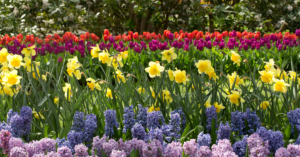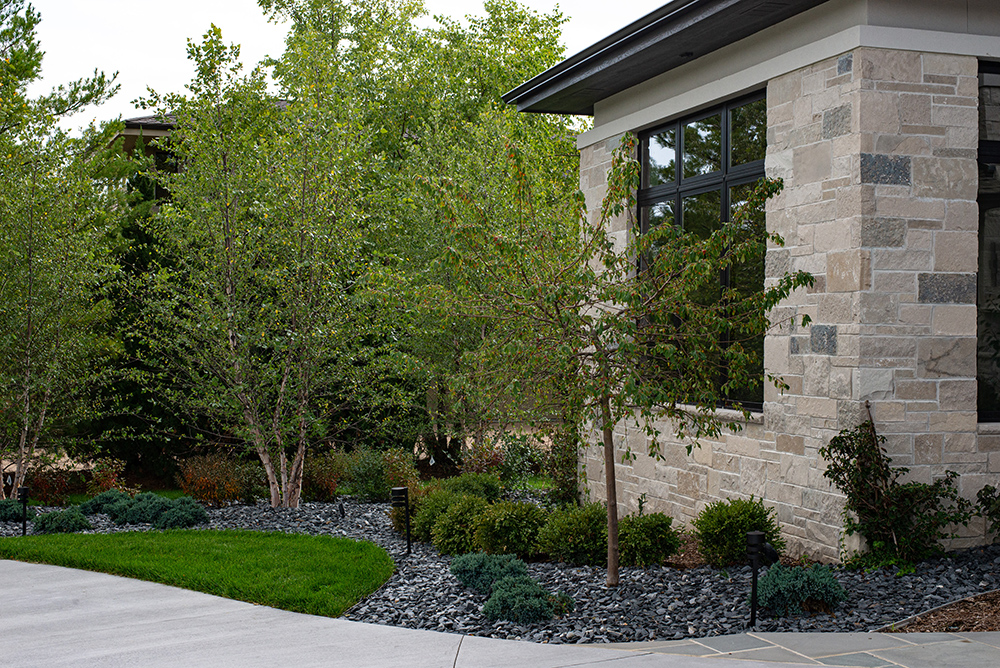Top Tips for Planting Fall Bulbs in Wisconsin
Fall-planted flower bulbs—like tulips, daffodils, and hyacinths—are one of the easiest ways to ensure your garden bursts with color come spring. With a little planning now, you’ll be rewarded with vibrant blooms after the long Wisconsin winter. Here’s how to plant your bulbs the right way for stunning spring results.
- Time It Right
Wisconsin’s crisp fall weather gives bulbs the cold dormancy they need to thrive. The best time to plant is once nighttime temperatures drop to around 40–50°F. Aim to plant at least six weeks before the ground freezes—typically from mid-September through mid-November in Southeast Wisconsin. This gives bulbs plenty of time to establish roots before winter sets in.
- Pick the Perfect Spot for Planting Fall Bulbs
Bulbs love sunlight and well-draining soil. Choose an area that gets at least a half-day of sun and avoid spots where water tends to pool.
Pro tip: Vary bulb heights and colors to create layers of texture and visual interest. Mixing early and late bloomers also extends your spring color show.
- Prep the Soil and Plant Properly
Work your soil to a depth of about 8 inches to loosen it up and mix in compost or organic matter to boost nutrients. Remove any weeds or debris before planting.
- Large bulbs: Plant about 8 inches deep.
- Smaller bulbs: Plant about 5 inches deep.
Place each bulb pointed side up, cover gently with soil (don’t pack it tightly), and water once to help settle everything in place. After that, nature takes over!
- Add a Finishing Touch
Once your bulbs are planted, a thin layer of mulch helps regulate soil temperature and moisture while deterring critters. Then sit back and enjoy knowing spring beauty is already in motion beneath the soil.
Bring Color to Every Season by Planting Fall Bulbs
Fall is the perfect time to refresh your landscape and plan for next year’s beauty. Whether you’d like to design a new garden bed or enhance your existing one, our landscape experts can help you create a vibrant, cohesive outdoor space that shines year-round.
Contact us today to get started:




